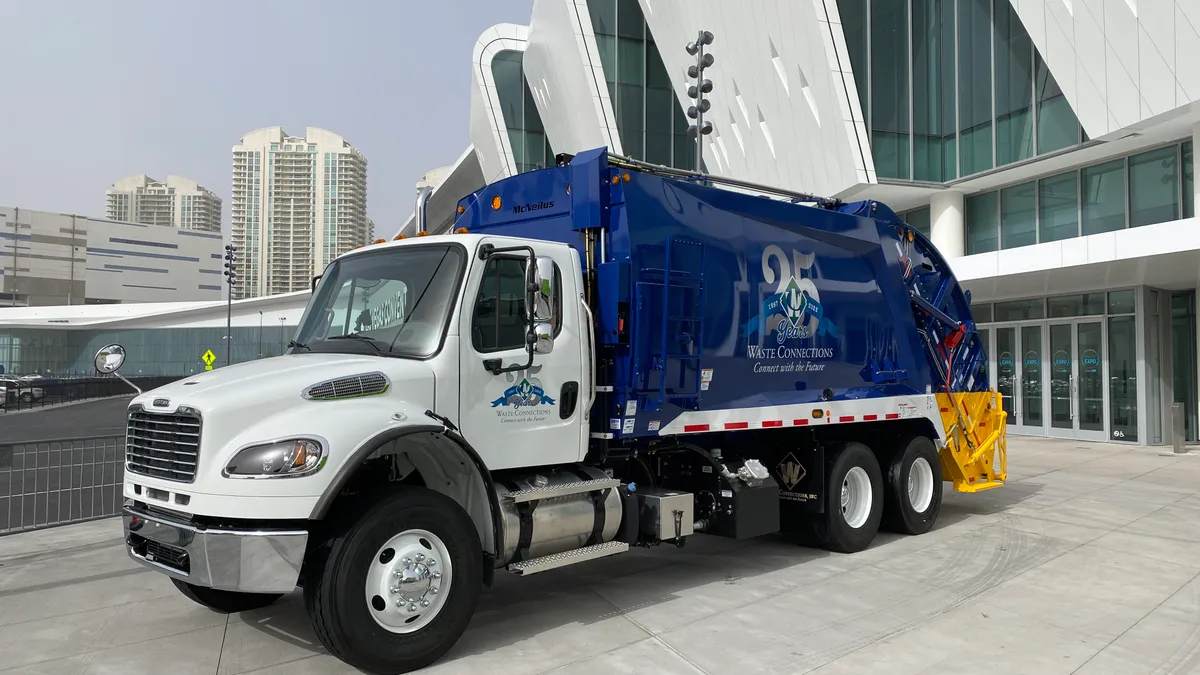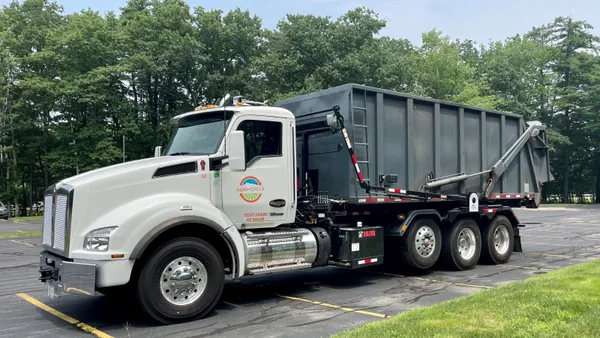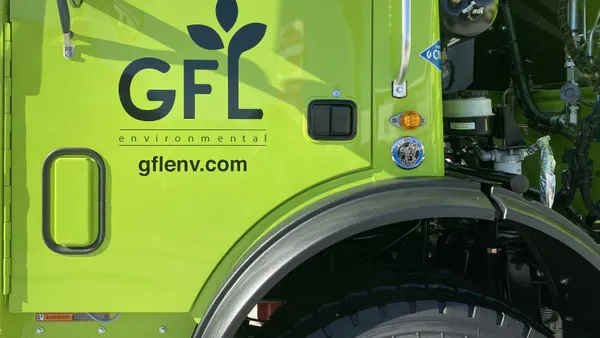- Economic picture: During the company’s Q4 earnings call on Thursday, CEO Worthing Jackman reported another “better than expected” quarter, buoyed mainly by pricing and acquisitions. Jackman suggested that lower inflationary pressures and recovering recycled commodity markets in Q1 could help the company start to break free from last year’s major headwinds, which included a 70% drop in commodity values and labor constraints.
- M&A activity: The company spent $2.3 billion on acquisitions in 2022, all of which were in the solid waste sector and included both franchise and competitive markets. Jackman said “additional dialogue is ongoing” for another year of outsized acquisition activity in 2023, likely with more small and mid-sized acquisitions.
- Solid waste pricing: Solid waste pricing for Q4 was 10.6%, including a core price of 9%, “the highest levels of 2022,” said CFO Mary Anne Whitney. Prices could increase to about 11.5% in Q1 but eventually average about 9.5% in both total and core price throughout 2023.
- Recycled commodities: Whitney expects to start seeing a rebound from last year’s dramatic drop in recycled commodity prices that also affected most major waste companies. OCC prices declined 60% from Q3 to Q4, ending the quarter at an average $56 per ton. That price has been “relatively stable” since November, she said, “and there are some recent indications of improvement.”
- Renewable natural gas investments: Spending on the company’s RNG projects will continue through 2023, including the development of a large project that’s part of a recently completed acquisition, Jackman said. Aggregated capital outlays for the company’s RNG projects, including this new one, will be an estimated $200 million between 2022 and 2025, he said.
- RINs: Landfill gas revenues were up “nominally” in Q4, with lower RIN values offset by higher volumes, Whitney said. Proposed changes to the U.S. EPA’s Renewable Fuel Standard program could offer more “optionality” in the future, potentially with eRINs, but Jackman said he would not provide more details until the EPA issues the final rule that could clear up important questions on how eRINs will work.
- Capital expenditures: Waste Connections expects to spend about $50 million on fleets in 2023, a cost it originally expected to budget for 2022. However, “we've been navigating the uncertainties in manufacturing and delivery timing,” Jackman said. The company also budgeted $75 million for “sustainability related projects,” including two RNG facilities and two MRFs.
- 2023 outlook: Waste Connections expects to see more growth in 2023, including a net income of about $961 million. Whitney expects strong pricing and acquisition growth to drive these numbers, but the outlook assumes the economic environment won’t change much. The company also expects to see mild increases in recycled commodities and renewable fuel values plus reduced inflation. Volumes are expected to be flat or down about 1%.

Waste Connections ends 2022 favorably despite headwinds; spent $2.3B on acquisitions
Waste Connections executives expect a strong start to 2023 due to anticipated acquisitions activity, as well as minor improvements in recycled commodity and energy credit values.

Recommended Reading
- Q4 earnings results for major waste and recycling companies By • Updated March 9, 2023
- Waste Connections says pricing strategy helped achieve solid Q3 By Megan Quinn • Nov. 3, 2022











